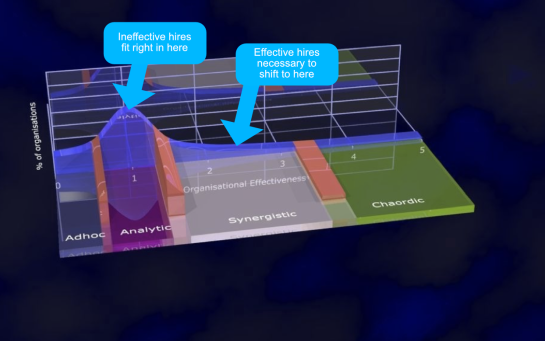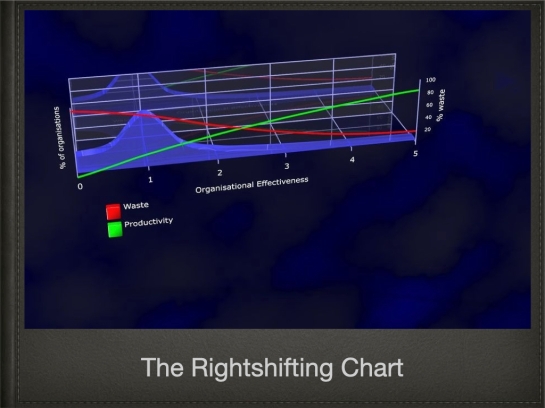The Executive Fuckups Crippling Software Development
Let’s be honest, executives and seniors managers are forever fucking up their organisations’ software development efforts, big time.
Category Error
The Crux of the Problem
Let’s be honest, successfully executing software development initiatives is no easy feat for executives and senior managers. As the Harvard Business Review aptly states,
“The greatest impediment [to effective software development] is not the need for better methodologies, empirical evidence of significant benefits, or proof that agile can work – it’s the behaviour of executives.”
At the root of these struggles lies a fundamental “Category Error” – the failure to recognise collaborative knowledge work (CKW), such as software development, as a distinct category from other types of work.
Applying the Wrong Lens
Whilst leadership plays a crucial role in complex projects, executives often fuck up development big time by attempting to manage software development through the same lens as:
- Factory work
- Manufacturing
- Traditional office work
- Service work (e.g. call centres, help desks)
- Individual knowledge work
However, collaborative knowledge work demands a radically different approach. Imposing management practices from other categories inevitably leads to “management monstrosities” – dysfunctional, ineffective tech organisations.
The Pitfalls of Misclassification
- Disconnect Between Business and CKW
Executives struggle to bridge the gap between business objectives and CKW realities when software development is treated as akin to factory work or manufacturing. - Unrealistic Expectations
Viewing software development through the lens of production lines and factory work breeds cultural mismatches, unrealistic timelines and quality compromises. - Resistance to Change
Legacy systems persist due to inertia from treating CKW like the more understood office work. - Resource Misallocation
Without recognising development as collaborative knowledge work, resources for talent, tools and infrastructure are inadequate. - Micromanagement
An authoritarian command-and-control ethos stifles the autonomy and collaboration that development teams need.
The Crux of the Issue
The HBR quote exposes this truth – executives’ mindsets, shaped by misunderstanding the category of work, undermine methodologies and processes.
Unlocking True Potential
Overcoming “management monstrosities” requires understanding software development as collaborative knowledge work. This shift allows:
- Fostering cultures of learning and evolution.
- Embracing self managing, autonomous team models.
- Aligning resources for teams of knowledge workers.
- Building bridges between business and CKW domains.
With the right categorisation and mindset, executives can transform organisations into innovative powerhouses (fat chance of that happening in our lifetimes).
The Path Forward
The key lies in shedding industrial-era management thinking (they do think, don’t they?) and nurturing environments suited to this distinct category of work.
Open communication, adaptability and appreciating the complexities of collaborative development are vital. Escaping the “Category Error” unlocks outstanding delivery of software solutions and delight for all the Folks That Matter™.






